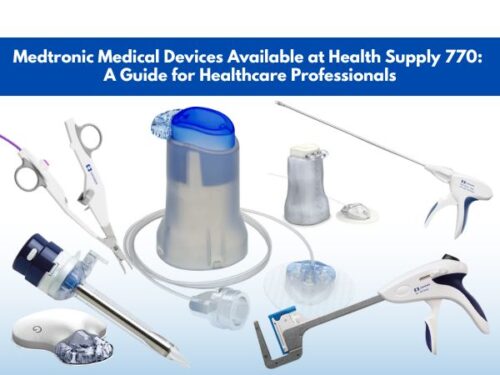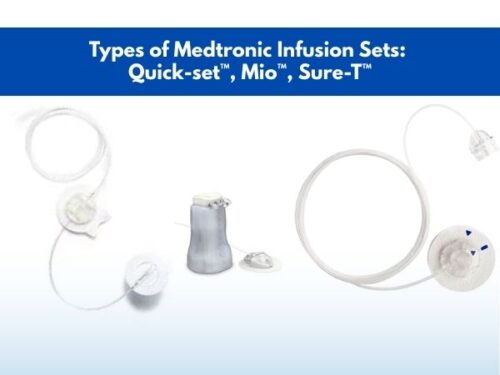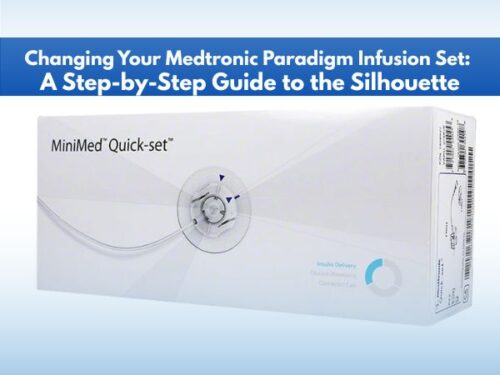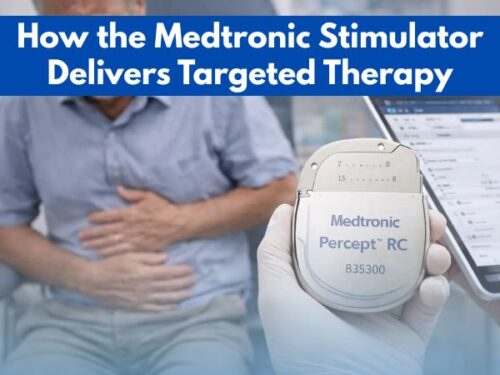A Guide to Insulin Syringes: Types, Sizes, and Uses in Health Facilities
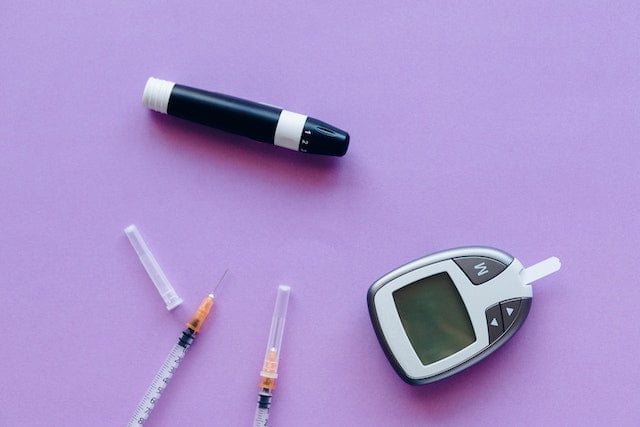
At the global level, approximately 537 million people are currently living with diabetes. All of these individuals fall between the ages of 20 to 79 years. Unfortunately, this patient count is predicted to elevate up to 786 million by the year 20451. Among these patients, many individuals are put on insulin therapy for the management of their blood sugar level can either be administered via a transdermal patch, an inhaler, an insulin pen, a pump, or by the conventional drug delivery instrument i.e. insulin syringes.
These insulin syringes come in varying types and sizes to facilitate the patients belonging to different categories based on their insulin needs. Let us understand these types as well as the correct methods to store and use these insulin syringes.
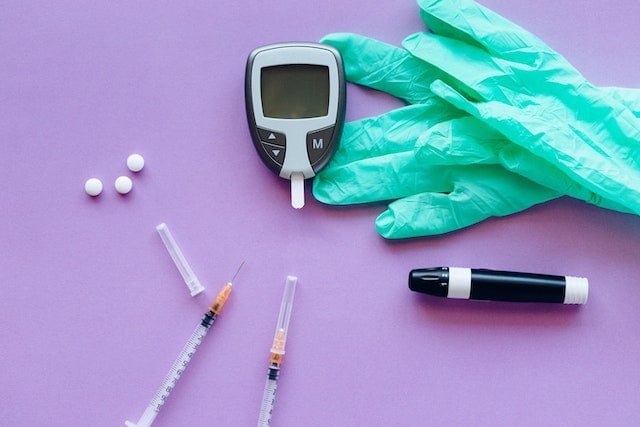
Different Types and Sizes of Insulin Syringes
An insulin syringe is a single-use item composed of a small pump with a barrel and a plunger. This assembly further contains a needle that comes into direct contact with the skin and internal tissues and delivers the intended therapeutic compound. There are multiple types of insulin syringes available in the market which include some of the following:
| Sizes of insulin syringe (Milliliter or ml) | Sizes of insulin syringe (Cubic centimeter or cc) | Suitability is based on the barrel capacity/units of insulin that can be contained | Units per interval | Needle length | Needle gauge |
| 0.3 | 3/10 | Less than 30 | ½ to 1 | 3/16 inches (5 mm) | 28 |
| 0.5 | ½ | For 30 to 50 | 1 | 5/16 inches (8 mm) | 29, 30 |
| 1.0 | 1 | For more than 50 | 2 | ½ inches (12.7 mm) | 31 |
Understanding Syringe Measurements to Ensure Accurate Dosing
The first step in selecting a suitable needle for a patient is to check the dose. This way, the chances of occurrence of dosage errors can be avoided.
Secondly, it is important to learn to measure insulin dose as the insulin syringe has a bit different measurements than the regular syringes.
A 1 ml insulin syringe is marked with small dashes, each of which represents a measurement of one unit or 0.01 ml. For ease, these syringes are labeled every 10 units i.e. 10, 20, 30, 40, 50, and so on up to 100 units.
This means each labeling represents 0.1 ml dose. The patient has to check their dose which is usually prescribed in units that can then easily be administered using an insulin syringe.
For a 0.3 ml and 0.5 ml insulin syringe, these unit markings vary i.e. 5, 10, 15, 20, 25, and 30 units for the former while 10, 15, 20, 25, 30, 35, 40, 45, and 50 units for the latter.
Benefits of Modern Syringe Technology and Design
Insulin delivery by a syringe has been in use as a conventional method for years. It allows an easy and quick route for the peptide to enter the body. Its preference is also dependent on its minimum cost which is far less than that of novel methods.
Therefore, with initial guidance, patients can easily learn to self-administer insulin without the help of a healthcare provider.
However, now and then, issues like inflammation and irritation at the site of injection accompany this practice.
Therefore, scientists have been working on not only the development of newer drug delivery devices but also alternative routes of administration.
Nowadays, oral, nasal, or buccal methods of insulin delivery are being tested for their efficacy and comparability with the conventional ones.
Sooner or later, insulin delivery by a syringe is going to be a story of the past but for now, it is indeed the best method we have.
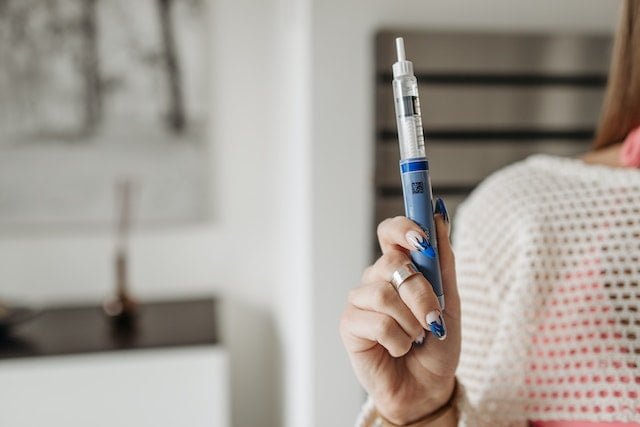
Proper Storage, Usage, and Disposal Methods
Insulin syringes should be stored, used, and disposed of by following the given steps:
Storage:
Prefilled syringes should be stored in a refrigerator. It should be made sure that the needle of the syringe is pointing upwards to prevent it from getting clogged. Syringes that are to be filled at the time of use can be stored at room temperature.
Usage:
While using an insulin syringe, select the area where the insulin is to be injected. Usually, the abdominal route is preferred by many patients. Once selected, the needle should be directly injected into the belly fat in such a way that it is perpendicular to the body i.e. it makes a 90-degree angle with the surface of the belly. This helps minimize the chances of insulin leakage. Once the fatty layer between the skin and muscle is reached, the plunger is pressed and insulin is delivered.
Disposal:
As the insulin syringe is single-use, it should be disposed of immediately after use. A preferred practice is to store these used needles in a strong or metal plastic container.
Once the container is full, its lid should be tightly closed and thrown into the garbage. This way, the chances of accidental damage while garbage handling are reduced.
Recommendations for Health Facilities
Healthcare facilities should have a suitable amount of insulin syringes in their inventory. Apart from these, medical supplies such as blood glucose monitoring equipment as well as necessary medications for the emergency management of elevated diabetes should also be stocked. Moreover, healthcare staff should be given proper training regarding the use of these items.
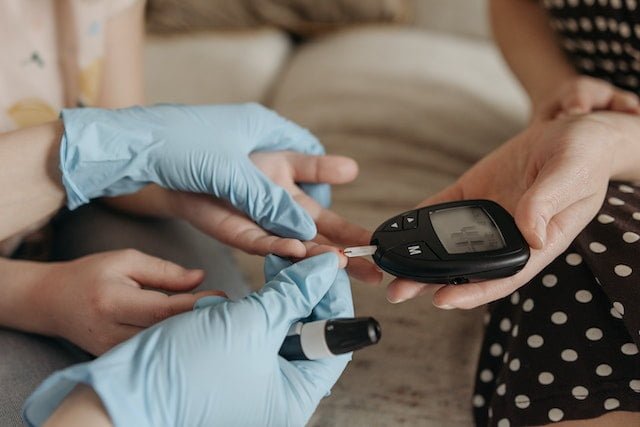
All of the medical supplies mentioned in this article, along with multiple other medical supplies, are available at Health Supply 770 at the most affordable prices.
Furthermore, the prices are even lower during the weekly deals they offer on certain items. Do check them out for stocking up on some essential medical supplies.
Conclusion
The use of syringes for the administration of insulin into a diabetic patient’s body is a familiar practice. With the multiplicity of types and sizes, every diabetic patient can choose a suitable syringe based on their needs.
These syringes can also be self-administered and usually do not cause infections. However, shortly, methods other than insulin syringes such as autofillable pens, insulin infusions, sensor-automated pumps, and transdermal patches, among others, might become extremely popular.
In addition, advancements in the field of gene therapy perhaps led humankind to the invention of treatment methods that fully heal diseased individuals, thus eliminating the need for injecting insulin.
No doubt, the future holds hope but for now, the use of syringes is the preferred method for insulin therapy.
References:
